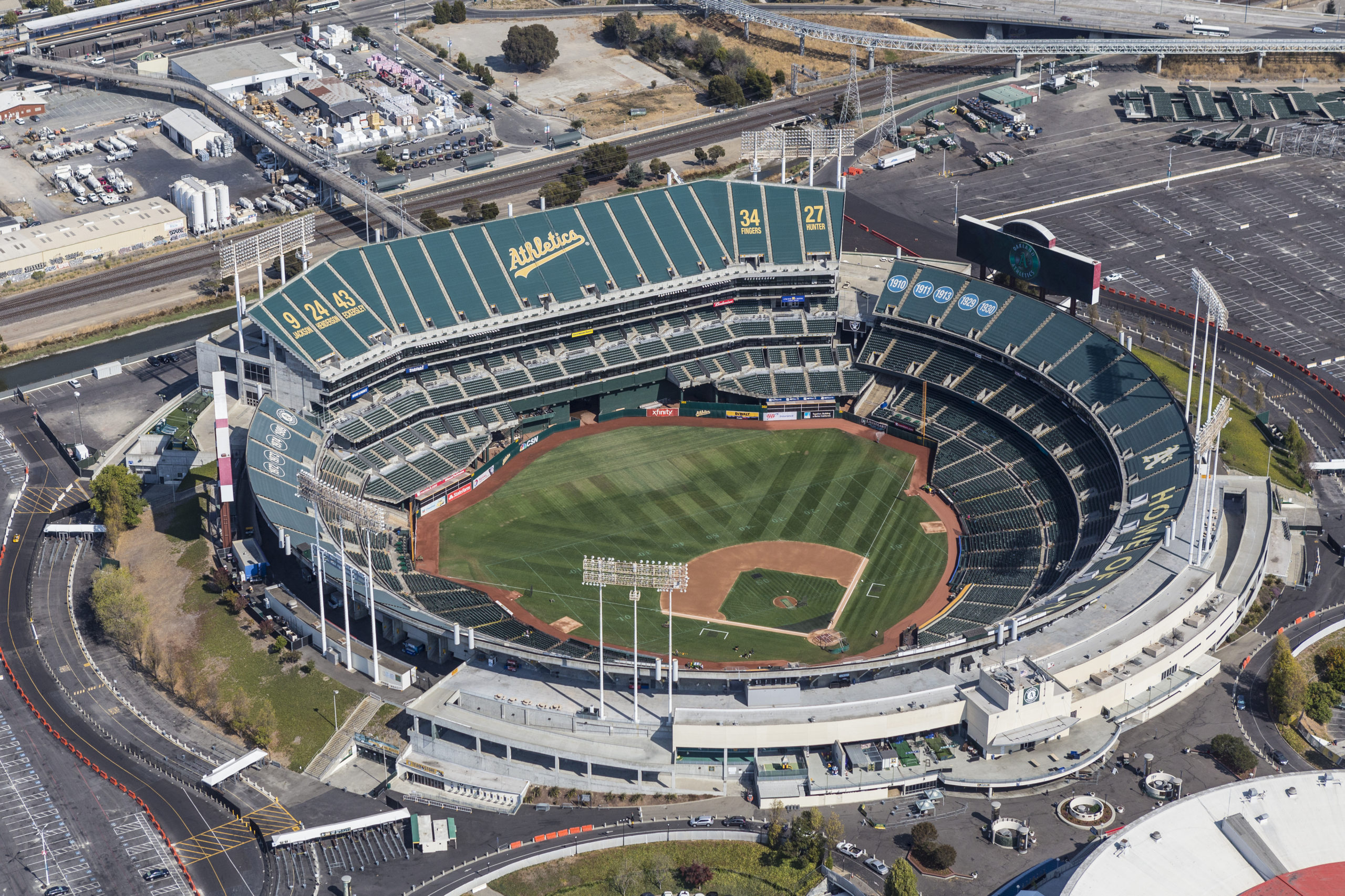
The MLB season is underway, and already there has been controversy and off-the-field issues.
No, I’m not talking about taking a knee, steroid use, or even stealing signs. Like all other facets of 2020 life, it’s COVID-19 that dominates our baseball conversations.
A number of teams – including the Miami Marlins, the Philadelphia Phillies, and now the St. Louis Cardinals have encountered enough positive tests among players that it was necessary to cancel a number of their games and in some cases, entire series. And New York Mets star, Yoenis Cespesdes, “opted out” during this short season, disappearing before the start of Sunday afternoon’s game.
As each day passes, we baseball fans – already adjusting to a short 60-game season – are waiting for the next pandemic shoe to drop.
Nothing is predictable anymore, even in the most established of the major sports, America’s pastime – baseball.
But one thing is for sure – listening to baseball on the radio is an activity that continues to mean a great deal to fans – especially now. It is still a tradition to tune in play-by-play broadcasts of Abner Doubleday’s sport on the radio – even in this digital area.
You may remember last February, I wrote a blog post mocking an “innovative” plan by Oakland A’s management. The team went against the grain by ending their rocky relationship with broadcast radio, opting for an all-digital distribution plan of their games.
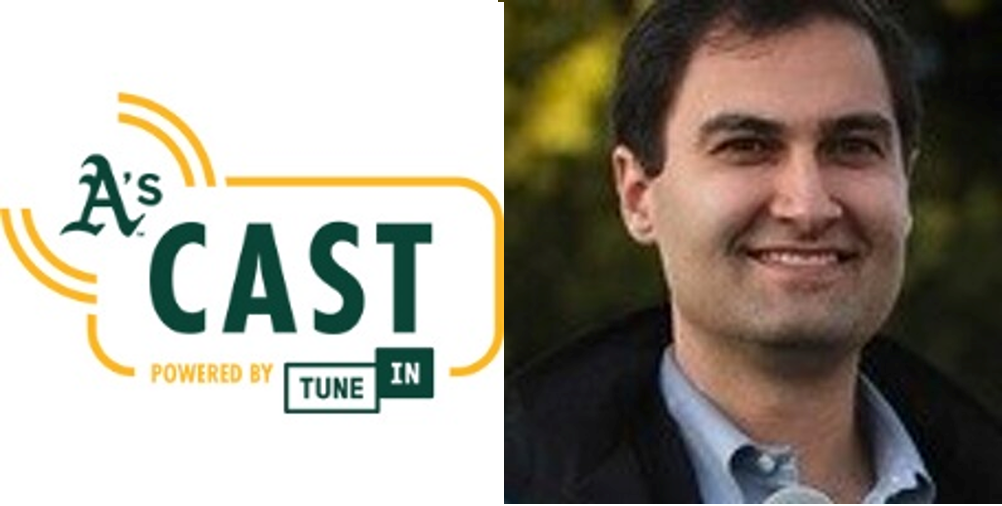 Their branded “A’s Cast” provided exclusive play-by-play audio broadcasts on the TuneIn platform. As their president Dave Kaval (pictured left) announced at the time: “This is the direction of the future.” He tried to position this move as “fan development,” and an effort to “acquire new fans.”
Their branded “A’s Cast” provided exclusive play-by-play audio broadcasts on the TuneIn platform. As their president Dave Kaval (pictured left) announced at the time: “This is the direction of the future.” He tried to position this move as “fan development,” and an effort to “acquire new fans.”
At the time, Washington Post columnist and unabashed baseball fan, Micki Maynard, pushed back against the A’s’ digital strategy: “I’m not buying it. This move will lose fans.”
I concurred with her, noting that “addition by subtraction” rarely grows a fan base.
Well, the A’s broadcast radio ban didn’t last long. While the start of the 2020 season was delayed for months due to COVID-19, it just took six games for fans to push the team to rethink their decision.
Last week, they announced the rest of the season’s 50-something games (if, in fact, the season lasts that long) will be broadcast on Bloomberg 960 AM (known to the radio industry as KNEW).
We’re happy to announce that we will broadcast 54 games on BLOOMBERG® 960 AM during the 2020 season starting tomorrow, Friday, July 31! A’s games can now be heard on 960 AM and KOSF-HD2 FM 103.7. #RootedInOakland pic.twitter.com/VBPzIoLn1d
— Oakland A’s (@Athletics) July 30, 2020
Dave Kaval told The Mercury News how the team has “always prided ourselves in listening to our fans. And I think for a lot of fans, this was something that was important to them.” (And the A’s have moved the stream of their games from TuneIn to iHeartRadio.)
What does that suggest about that long-term relationship between baseball and broadcast radio? And what message should it send to advertisers about how valuable radio is to so many American consumers?
Radio pros know that in spite of the travails radio broadcasters have suffered 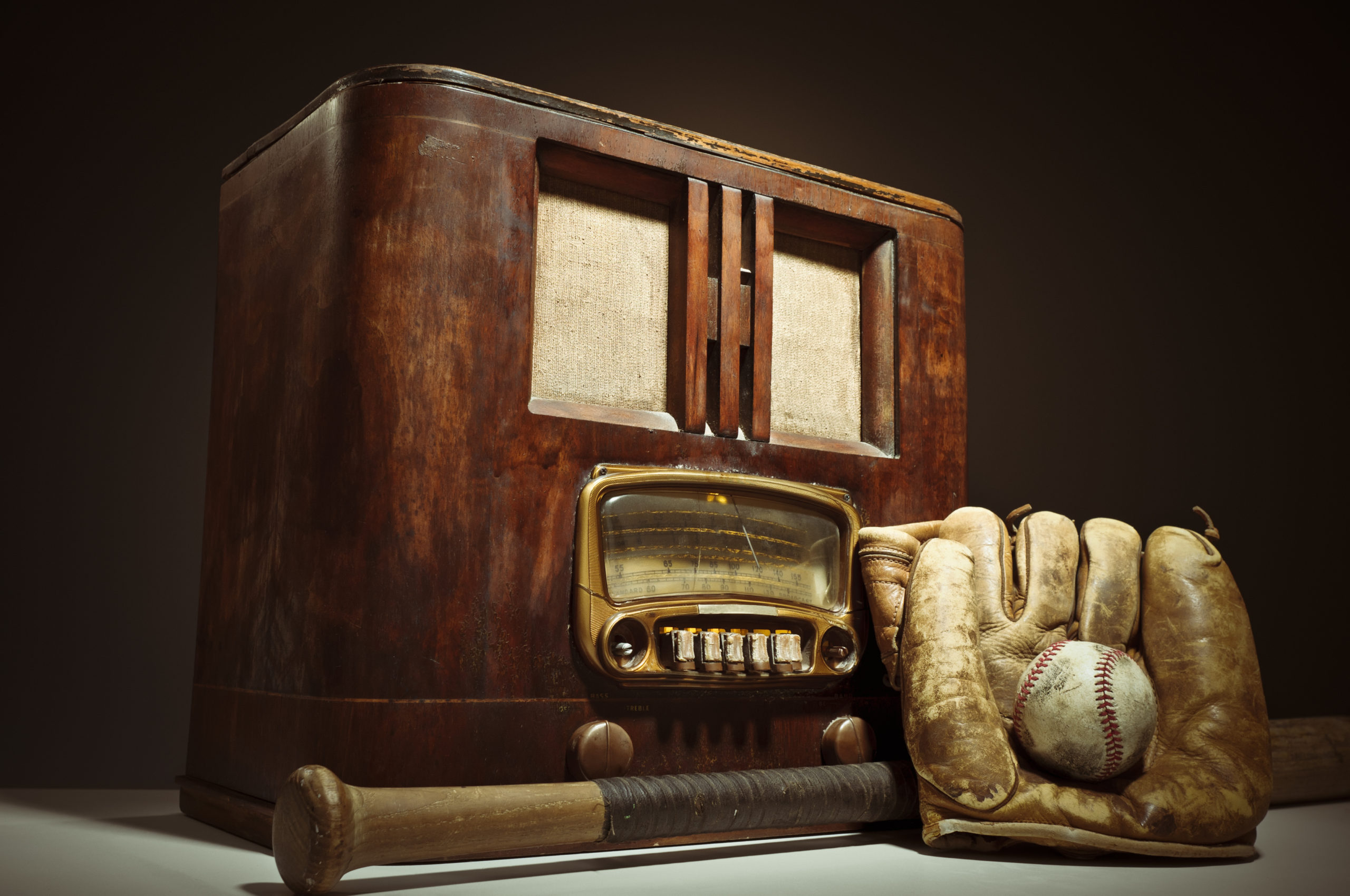 in the past several years – amplified in recent months by the pandemic – consumers still love the medium. And that emotional connection was borne out by the A’s’ recent experience when baseball on the radio was taken away.
in the past several years – amplified in recent months by the pandemic – consumers still love the medium. And that emotional connection was borne out by the A’s’ recent experience when baseball on the radio was taken away.
Fans found the digital user experience confusing, according to Kaval. Some thought they had to pay to listen to A’s games on the TuneIn platform. He noted how “the terrestrial option is super easy for folks who are used to that. Even if some of the Gen Z-ers will need to be shown how to use a radio.”
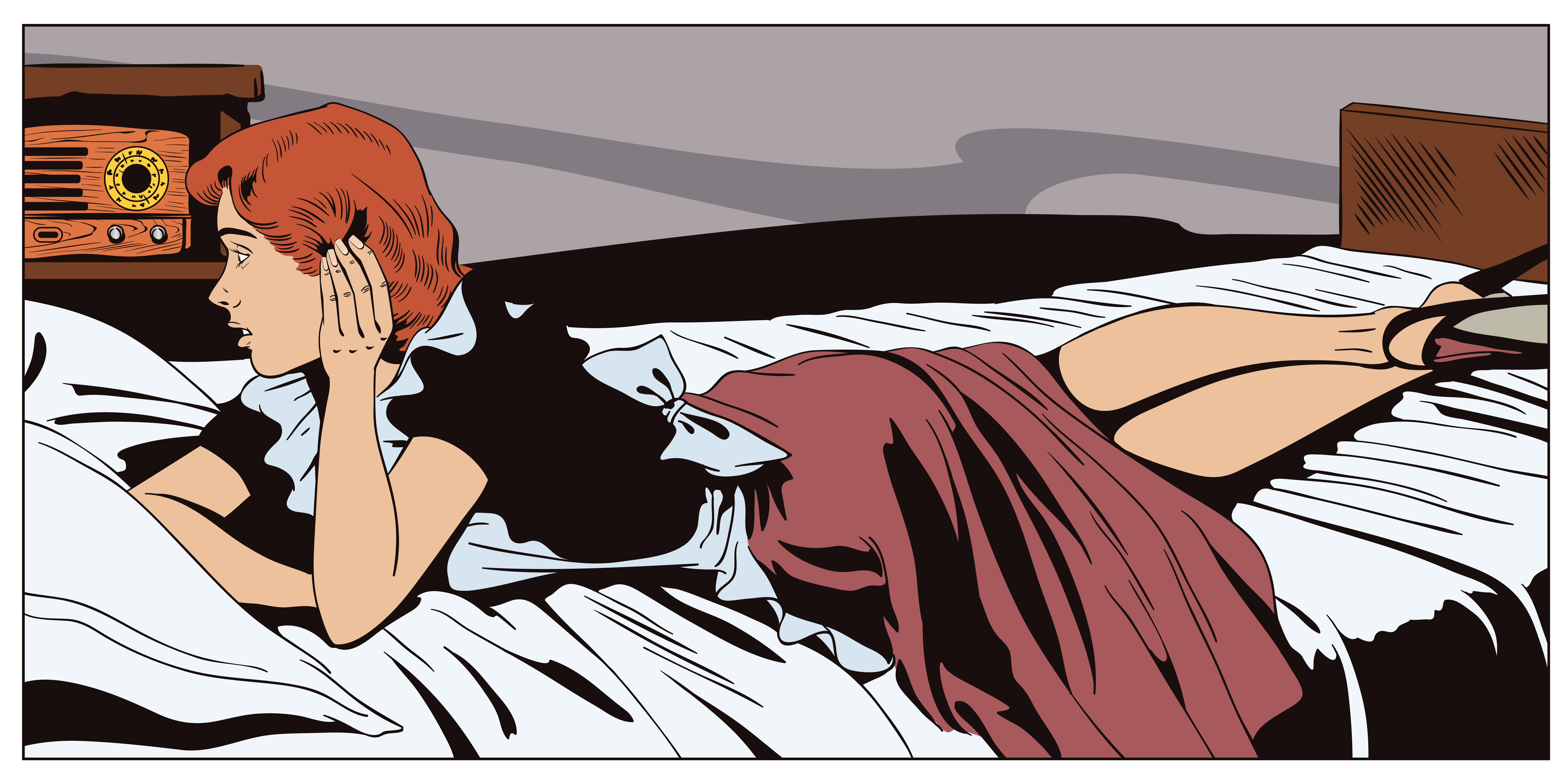 That is, if they own one. “Regular radios” have been disappearing from homes at an alarming rate in recent years.
That is, if they own one. “Regular radios” have been disappearing from homes at an alarming rate in recent years.
And that begs the question, where would you even go to buy an AM/FM radio, much less which brand and model is best?
Look no further than the hi-tech publication, PC Magazine. That’s right – a new opinion piece by Chandra Steele is titled “Why Your Next Tech Purchase Should Be a Radio.”
Her angle is that the pandemic has eased how hectic is the pace of life. So why not return to a “slower, older technology that can provide auditory companionship and match the new pace of your days: radio.”
Steele notes that radios are very affordable, portable, and perfect for the new WFH environment. She also points out that radio frees the user from the decision stress faced by podcast listeners or playlist builders. You just turn on the radio, and someone else takes care of the curation and the content.
Her piece provides mini-reviews on four very different radios, including 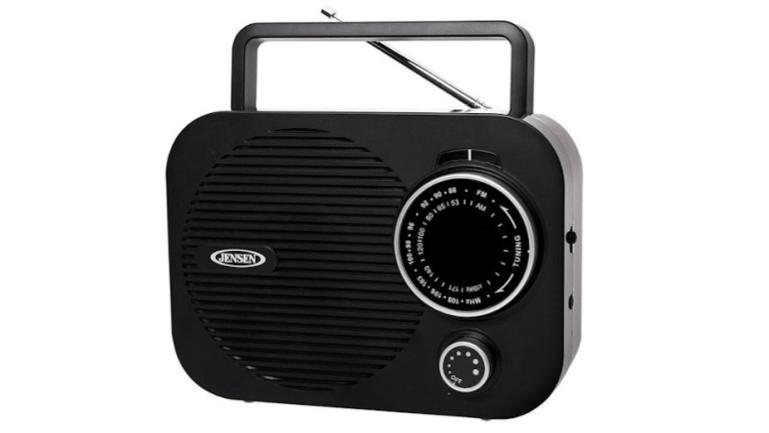 the snappy, jet black Jensen MR-550 (pictured right), available for under $21 at Best Buy. Her other choices are just as practical and versatile.
the snappy, jet black Jensen MR-550 (pictured right), available for under $21 at Best Buy. Her other choices are just as practical and versatile.
As for Dave Kaval’s concern that Gen Zers will have to figure out how to even use a radio, that should be the last of his worries. They’ll intuit it. Most radios have a very simple interface, providing a great UX.
Of course, it might help A’s fans if you updated your website, mentioning your new play-by-play flagship radio partner. Just sayin’.
In the East Bay at least for now, it’s “play ball” again on the radio.
Thanks to Airchecker and Mike Stern for the heads-up.
- What To Do If Your Radio Station Goes Through A Midlife Crisis - April 25, 2025
- A 2020 Lesson?It Could All Be Gone In A Flash - April 24, 2025
- How AI Can Give Radio Personalities More…PERSONALITY - April 23, 2025




And…how ’bout them Tigers, Fred!
50 games left…not much time left to screw up!
In the case of the Tigers, JC, a sprint is always better than a marathon. Of course, they have the entire week off, thanks to the Cardinals & COVID. Go figure.
Good column -and a good link to a fairly decent article pointing out a few things radio could do better. Should we have to explain to the listener what radio does/can do? At one time there were 5, 10 radio viable radio stations in a city and their programming could be found daily in a grid in the local paper. Now with 40-50 or more signals available no one knows what’s on -or why. We’ve still got “the commercial” problem that’s been created by PPM methodology from a company that’s supposed to be SUPPORTING radio rather than hurting it. My local CVS sells radios. I doubt you could find one in the local Best Buy. I once had an electric drill that had a receiver in it. At one time GE sold them for your kitchen. Tech now sells a $100 + internet receiver as opposed to the $20 radio receiver. It’s a case of supply and demand but it’s up to broadcast radio to create that demand. Baseball is only one thing that didn’t work online. There are many more, but radio is doing its best at eliminating them. It’s good that the A’s are back on radio. AM radio at that, but someone needs to tell the boys in the front office that there’s more to making it worthwhile for the advertisers. Let’s make a big deal out of this radio victory.
Dave, couldn’t have said it any better. Thanks for tying it together, and providing more “think” for my “piece.”